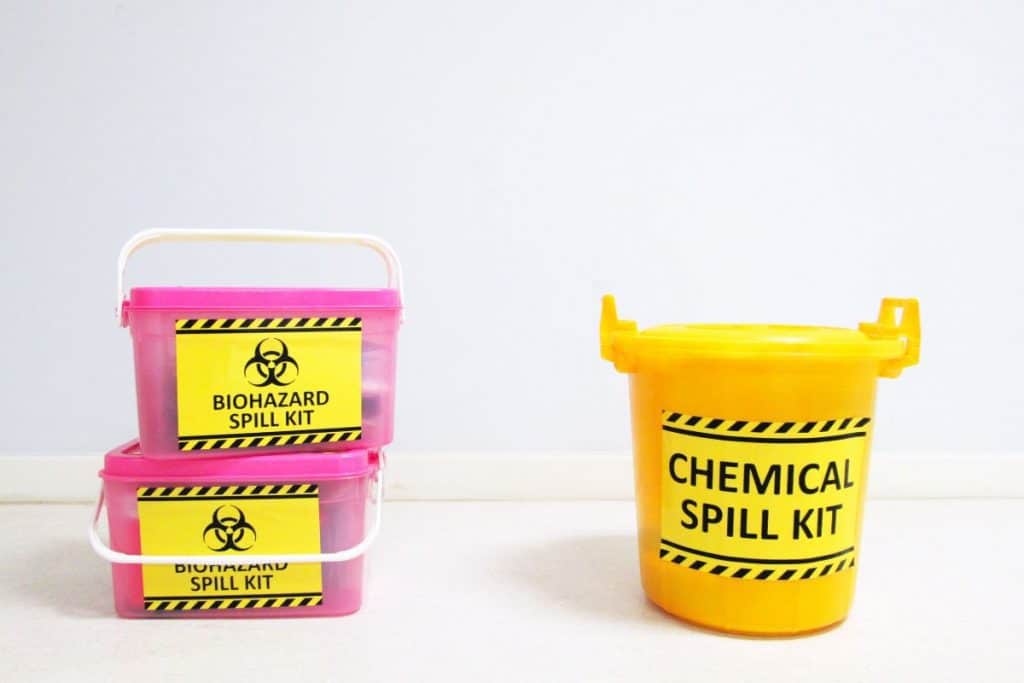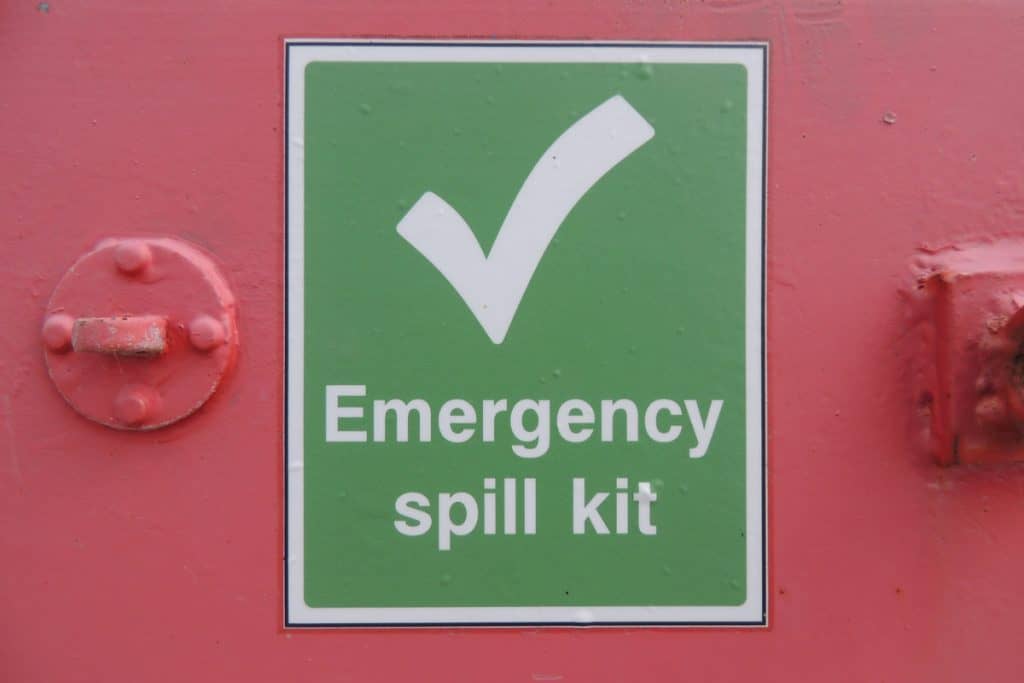Mercury spills are a serious concern in many industries, from healthcare to manufacturing. Proper training on how to use mercury spill kits is essential for ensuring the safety of your staff and the environment. In this article, we’ll cover everything you need to know about training your staff on using mercury spill kits effectively.
Understanding the Risks of Mercury Spills
Mercury is a hazardous material that can pose significant health risks if not handled properly. When mercury is spilled, it can evaporate and release toxic vapors that are harmful when inhaled. Exposure to mercury can lead to serious health issues, including neurological damage and respiratory problems. Therefore, it’s crucial to have a well-trained team that knows how to respond to mercury spills promptly and effectively.

Components of a Mercury Spill Kit
Before diving into the training process, it’s important to understand what a mercury spill kit contains. A typical mercury spill kit includes:
- Mercury absorbent powder: This powder helps in safely collecting the mercury.
- Spill trays and scoops: Used for containing and collecting the mercury.
- Protective gloves: To protect the hands from direct contact with mercury.
- Disposable bags: For safely disposing of contaminated materials.
- Mercury vapor suppression agents: These agents help in reducing the release of mercury vapors.
- Instruction manual: Guides users on how to handle mercury spills.
Understanding these components is the first step in effective training.
Step-by-Step Training Guide
Step 1: Educating Staff on the Dangers of Mercury
The first step in training is to educate your staff about the dangers associated with mercury. This includes understanding the health risks and the environmental impact of mercury spills. Use real-life examples and case studies to illustrate the seriousness of mercury exposure.
Step 2: Familiarizing Staff with the Spill Kit Components
Next, familiarize your staff with the components of the mercury spill kit. Show them each item in the kit, explain its purpose, and demonstrate how to use it. Make sure everyone understands how each component works and why it is important.
Step 3: Demonstrating the Spill Response Procedure
Perform a live demonstration of the spill response procedure. Here’s a step-by-step guide:
- Evacuate the Area: Ensure everyone leaves the contaminated area to avoid exposure to mercury vapors.
- Ventilate the Area: Open windows and doors to allow fresh air to circulate and reduce mercury vapor concentration.
- Put on Protective Gear: Don gloves and any other necessary protective equipment.
- Contain the Spill: Use spill trays and scoops to contain and collect the mercury.
- Apply Absorbent Powder: Sprinkle the mercury absorbent powder over the spill to facilitate collection.
- Collect and Dispose of Mercury: Carefully collect the mercury using the provided tools and place it in disposable bags.
- Use Vapor Suppression Agents: Apply mercury vapor suppression agents to minimize vapor release.
- Seal and Label Bags: Seal the disposable bags and label them as hazardous waste for proper disposal.
Step 4: Hands-On Practice
After the demonstration, allow your staff to practice the spill response procedure. Set up a controlled environment where they can simulate a mercury spill and go through the steps of using the spill kit. Provide feedback and answer any questions they might have.
Step 5: Reviewing Emergency Protocols
Review your organization’s emergency protocols related to mercury spills. Make sure your staff knows who to contact in case of a spill, how to report the incident, and the steps to take if someone is exposed to mercury. This ensures a coordinated and effective response.
Step 6: Regular Drills and Refresher Training
Training shouldn’t be a one-time event. Conduct regular drills to keep your staff’s skills sharp and provide refresher training sessions to reinforce their knowledge. This will help ensure that everyone remains prepared to handle a mercury spill at any time.

Best Practices for Effective Training
Use Clear and Simple Language
When training your staff, use clear and simple language that everyone can understand. Avoid technical jargon and complicated explanations. The goal is to make the training accessible to everyone, regardless of their prior knowledge.
Provide Visual Aids
Visual aids, such as videos, diagrams, and slides, can enhance understanding and retention. Use these tools to demonstrate the steps of the spill response procedure and the correct use of the spill kit components.
Encourage Questions and Discussions
Encourage your staff to ask questions and engage in discussions during the training sessions. This helps clarify any doubts and ensures that everyone has a thorough understanding of the procedures.
Monitor and Evaluate Training Effectiveness
After conducting the training, monitor and evaluate its effectiveness. Conduct assessments to test your staff’s knowledge and skills. Use feedback from these assessments to identify areas for improvement and adjust your training program accordingly.
The Role of Technology in Training
Leveraging technology can significantly enhance the training process. Consider using online training modules, virtual reality simulations, and mobile apps to provide interactive and engaging training experiences. These tools can help your staff practice their skills in a safe and controlled environment.
Conclusion
Training your staff on using mercury spill kits is essential for ensuring their safety and the safety of the environment. By following a structured training program and incorporating best practices, you can equip your team with the knowledge and skills they need to respond effectively to mercury spills. Remember, regular practice and refresher training are key to maintaining a high level of preparedness.
Gear Up for Safety: Essential Mercury Spill Kits and More!
Taking the first step towards safety and preparedness starts with ensuring you have the right tools at your disposal. Equip your facility with high-quality mercury spill kits and other essential absorbents available at Absorbents Online. Our comprehensive selection combines efficiency with practicality, helping you maintain a safe environment for your staff and the community. Don’t wait for an emergency to prepare—visit Absorbents Online today and secure the safety solutions you need!